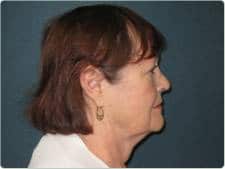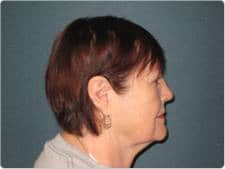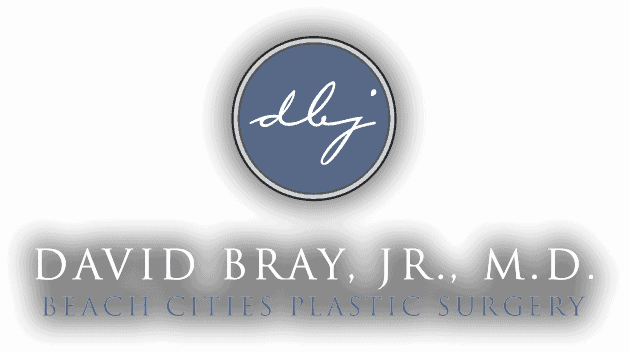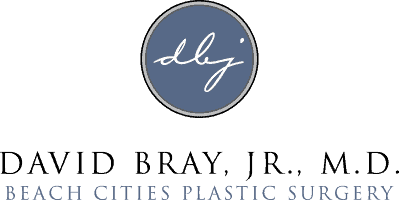Revision Rhinoplasty
in Torrance, CA
Also serving Palos Verdes & Redondo Beach
Revision rhinoplasty surgery, also commonly referred to as nose correction surgery, is considered one of the most difficult surgeries performed by plastic surgeons and specialists. Patients may present for functional or aesthetic concerns.
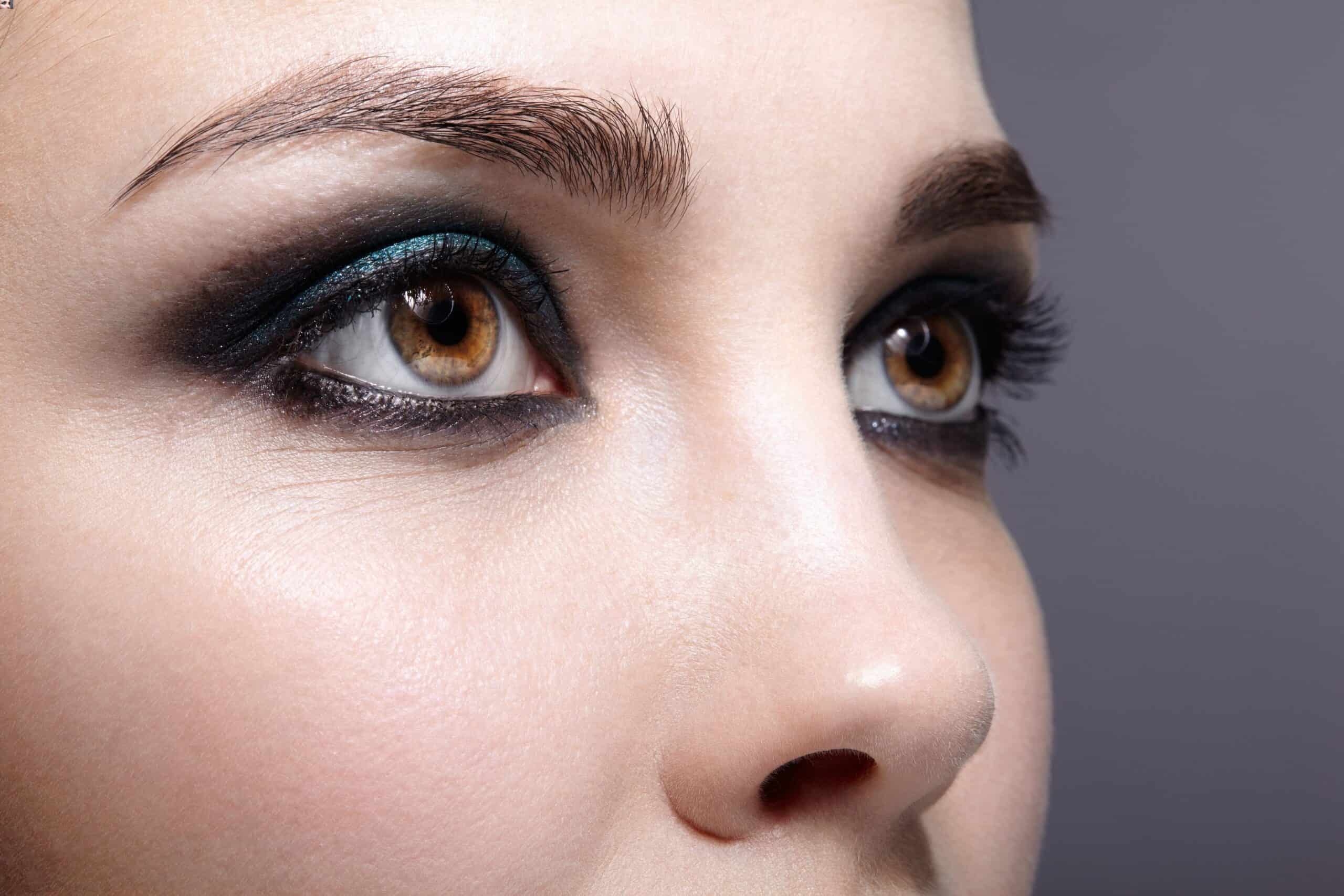
Nasal airway obstruction after a primary rhinoplasty surgery is likely the result of internal or external nasal valve collapse. Nasal dorsal hump reduction may result in an internal nasal valve collapse if the upper lateral cartilages are not adequately supported and maintained at the time of reduction. The patient may present with the appearance of an inverted V deformity along the nasal dorsum. During a rhinoplasty revision, the internal valve may be reconstructed with spreader grafts. Nasal bone osteotomies may also be necessary. A dorsal graft may be beneficial if the dorsum was over-resected at the first operation.
The patient may also develop airway obstruction form external nasal valve collapse. Some techniques used to narrow the nasal tip may lead to weakening of the nostril with resulting collapse and airway obstruction. Management generally involves lateral crural strut grafts. These are cartilage grafts placed under the remaining lower lateral cartilage and extending laterally into the nasal ala. This graft provides support to the nostril, reducing external nasal valve collapse.
Aesthetic concerns after primary rhinoplasty may involve all parts of the nose. Patients may present concerns regarding the height and shape of the dorsum. The nasal tip may be too wide or too narrow. The nasal tip may be over-projected or under-projected. The nasal tip may be over-rotated or under-rotated. The ultimate management will depend on the cosmetic concern.
Patients requiring nasal dorsal modification may require either a minor procedure to fix a small residual bump or an open approach with a more complex treatment of the cosmetic deformity. In some cases, cartilage grafts are needed and these grafts may be taken from the septum when available. In cases that do not have available nasal septum, ear or rib cartilage may be used. These cases may be more complex.
Nasal tip correction surgery frequently requires an open approach to assess the status of the nasal tip cartilages. In revision rhinoplasty surgery, much can be learned about the prior surgery once the nose is opened. Final decisions regarding the management of the nasal tip may be made once the tip is exposed. In some cases nasal tip suturing may help improve the nasal tip. However, in other cases the nasal tip may require a nasal tip graft to improve the tip shape.
The following is an example of a revision rhinoplasty surgery. This patient had a previous rhinoplasty that involved reduction of the nasal dorsum. Over time the patient noticed that her nasal airway was becoming more obstructed. She also developed an inverted V deformity of the nasal dorsum. Revision rhinoplasty specialist Dr. Bray, Jr. performed nose correction surgery with placement of spreader grafts and a diced cartilage and fascia dorsal graft to correct her deformity and airway.



